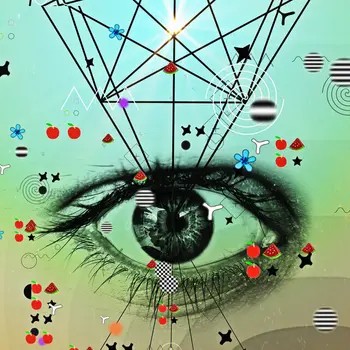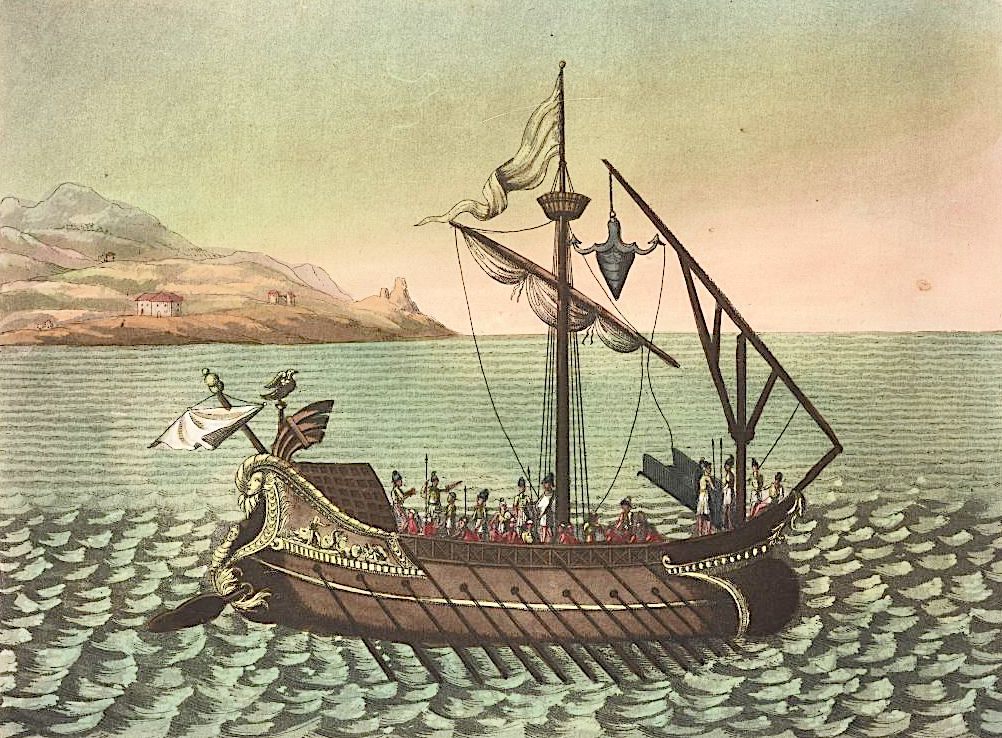March 28, 2022
By Danny Kemp
Russian snipers are still targeting the deserted crossroads into the village of Stoyanka, but Andrii Ostapets hopes to bring food to his neighbours — and to his cats, if they are still alive.

The 69-year-old private museum owner has returned one week after fleeing the village on Kyiv’s western edge, having heard that Ukrainian troops were driving back Moscow’s forces.
“We saw people killed, we saw burnt down houses, we lived through hell” when Russia occupied the village, says Ostapets, protected from the biting cold by a thick leather jacket.
“Yesterday they pushed them back from our farm. The Russians have no chance to stay alive — they can either surrender or die.”
A bitter wind whips through Stoyanka, which has been turned into a ghost village after nearly a month on the western frontline of Russia’s attempt to encircle the Ukrainian capital.
The sound of shelling still booms from the low forested hills that surround the village — where Ukrainian defence volunteer forces say Russian snipers are lurking. Gunfire crackles at a distance.
The fighting continues despite Moscow signalling on Friday that it had scaled down the aims of its month-old invasion of Ukraine, focusing now on the eastern Donbas area.
Ukraine says it is pushing back the stalled Russian advance on Kyiv in areas such as Stoyanka, just half a kilometre (about 500 yards) from the western city limits.
“I have a full car of groceries, the people and pets who stayed there, we’ll bring them food,” says Ostapets. “We are waiting for permission and we will go save those alive.”
‘Shot by snipers’
Most of the houses on the approach to Stoyanka appear to be empty, and some have been destroyed by shelling.
At a sandbagged checkpoint where people are waiting to deliver aid, one militia member said it was “suicidal” to try to cross into the main part of the village at the moment.
“Two civilians were shot by snipers today,” says a civil defence volunteer toting a Kalashnikov rifle, his face covered by an olive green balaclava.
The village was still being targeted by sniper fire, mortars and shelling, much of it coming from the surrounding woods, said the volunteer, asking not to be named.
Of the residents who have braved the fighting to stay, many are running short of food.
A surprise arrival at the scene is Ostapets’ daughter, Snizhana Shokina, who says she has come to join the aid effort because the war “hurts the soul”.
“I didn’t tell my parents I would come, because they would start worrying. I just decided to come,” says the 45-year-old mother-of-two, wearing a designer biker jacket.
“They want to bring them food and I want to help and support them.”
‘Historical enemy’
Her parents fled Stoyanka after a shell exploded in their garden, throwing her mother to the ground and leaving a large crater.
Their cats “probably were killed but we hope most of them stayed alive”.
The road ahead for the volunteers is dangerous.
A pile of twisted metal that used to be a petrol station sits on the other side of the debris-strewn crossroads on the main western highway out of Kyiv.
A van driven by military volunteers stops to check on a team of AFP journalists, warns them that Russian snipers are targeting the junction, then careers across at high-speed.
But Ostapets, a history buff who says Russia is a “historical enemy” going back to a bloody conquest of Kyiv in the 12th century, insists it is a violent rearguard action by Moscow’s 21st-century forces.
“The Russians ran out of ammunition and have been broken up into small groups. Small arms and snipers in this situation won’t help them,” adds Ostapets.
“They killed every living creature, cats, dogs. They ran out of provision, so they broke in everywhere and stole everything.”
With a broad smile he waves a fist in the air and shouts “Glory to Ukraine!”




















